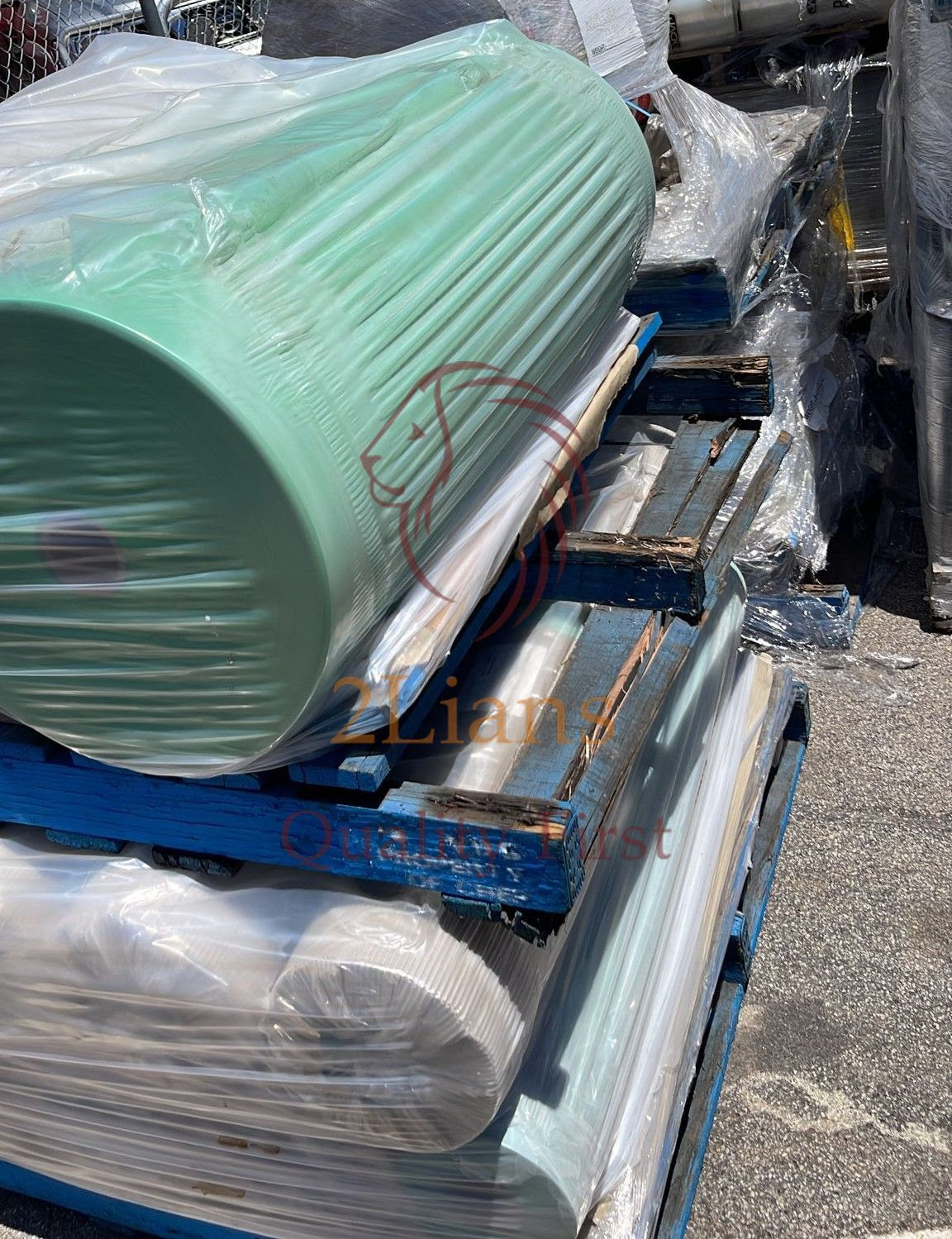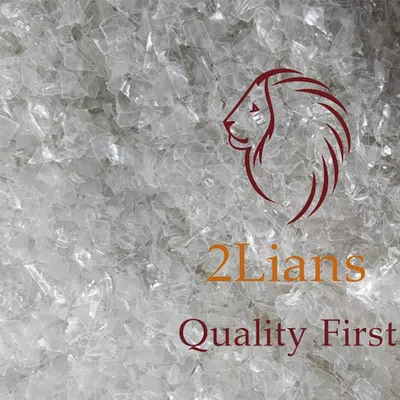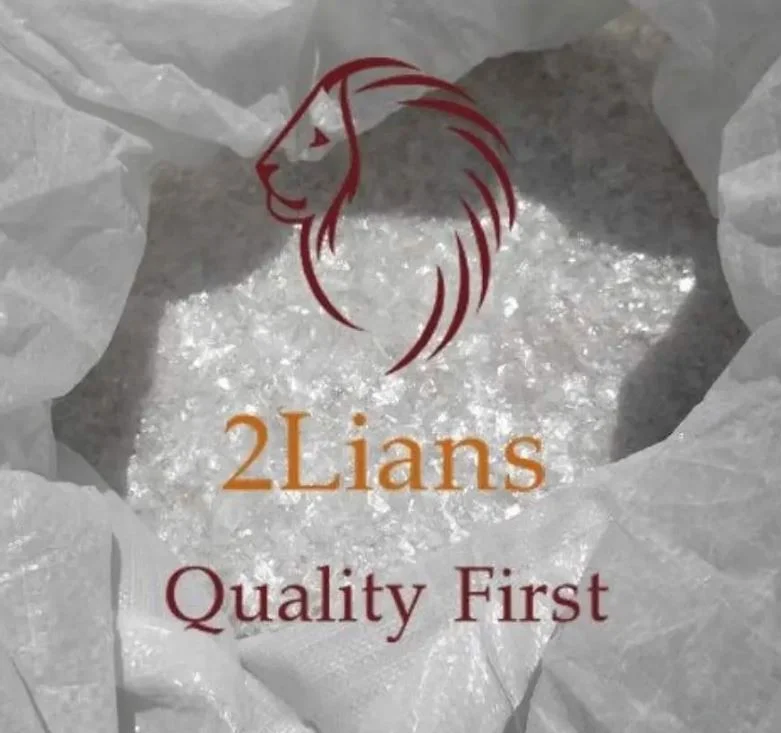What is plastic recycling and how to recycle it?
There is plastic all around us. From soft drink bottles, grocery bags, to your ID card, we see and use plastic every day. Many of these plastics come from materials such as petrochemicals. The amount of plastic around us can have advantages and disadvantages.
Plastic can cause garbage and environmental pollution. These impacts can put people and the environment at risk. Also, if you don't manage plastics correctly, creating new ones can be a waste of resources. Therefore, it is reasonable to reuse and recycle plastic to avoid waste.
For this reason, plastic recycling is an essential process in plastic production. Wondering what it means to recycle plastic or how it works?
This article answers all your questions. We show you how plastic is recycled and why recycling is good for people and the environment.
Plastic recycling is a method of collecting waste plastics and converting them into new and useful plastic products. The world produces and uses more than a trillion pounds of plastic materials. Plastic recycling ensures that this huge amount of plastic is not wasted. Instead, you can reprocess the material to get other products.
See more: LDPE Rolls

There are different types of plastic. And this makes it impossible to recycle all plastics in the same way. However, there are two methods of plastic recycling.
Traditional recycling methods involve melting plastics and processing them into new plastic products. After recyclers melt the plastics, they process them into new products through a process called injection molding.

Pyrolysis is a technique that involves recycling plastic waste into crude oil. Chemical recycling requires reducing a polymer to a monomer that can create new products. For example, manufacturers use chemical recycling to make bra straps.
On the other hand, gasification converts plastic into gas. Manufacturers use the gas obtained from this process to generate energy.
Both traditional and advanced recycling have their benefits. However, the application of which of these two methods depends on the existing facilities. The final product the recycler intends to produce also determines the method of recycling.
However, all methods involve similar steps in the recycling process. Do not worried; We will tell you these steps in the next section.
Irrespective of the type of plastic and its use, it usually goes through some common steps in the recycling process. Here are six essential steps to recycling plastic materials.
At this stage, staff or volunteers go around collecting plastic waste from homes, offices and public places. Certain areas have collection points where people can throw away their plastic.
Some recyclers place trash cans around public, residential, and industrial locations for easy collection. People can put their plastic waste in these bins. These bins are separate from regular trash cans. The recycling bins are then collected and shipped to recyclers to continue the process.
Many times, manually collecting plastic or dropping plastic waste in a recycling bin can come with a reward. Recyclers recover all plastics at this stage and send them to a collection site.
Usually, the color and content of the plastic in the plastic is the basis for recyclers to classify the plastic. Sorting is essential because it allows the recycler to know what materials are involved and how.

Step 3: Wash to remove impurities
After sorting the plastic, recyclers wash the material to remove impurities. These impurities in plastic include paper labels, dirt, and particles. Washing the plastic also removes glue and additional chemicals that the plastic material may contain.
Washing is essential because, if not removed, impurities can damage the new product. Furthermore, the contaminants present in plastic products are not plastic materials and may not be recyclable.
Step 4: Chop and resize
This process takes place immediately after washing the plastic. Plastic cannot be recycled in its developed state. It is necessary to resize the plastic material to a recyclable form. In this fourth process, the material will be fed into a shredder to reduce the plastic to debris.
The plastic material is cut into small pieces that are easier to handle than when it was in its original form. Shredding also makes it possible to recycle plastic into materials other than plastic products. Resizing also makes it easier to identify elements such as metals that the recycler did not detect during the washing process.
Step 5: Identify and separate plastic
Once the resizing is completed, the next process is to identify and separate the plastic material. During this process, the plastic particles undergo inspection procedures.
The reason for testing plastics is to determine the type and quality of the plastic. The plastic materials are then separated based on their features for further processing.
There are several features tested in this process. One of these qualities is density. Recyclers place these plastic beads in a container of water to determine the density of the plastic. The sinking particles are less dense, while the floating ones are more dense.
Another quality that this process checks is the air classification of the plastic material. The air classification determines the thickness of the plastic. And to evaluate the air classification, recyclers feed the plastic particles into a wind tunnel. Thicker and larger plastic will be at the bottom of the wind tunnel. The thinner ones will float.
This step also determines other qualities such as color and melting point of the plastic. Recyclers test samples of plastic materials to determine the melting point and color of each material. After the identification process, they separate the plastic particles and send them for further processing.
Step 6: Combine
Synthesis is the final process in the plastic recycling process. This step is where recyclers transform the plastic particles into a material that manufacturers can reproduce. Combination involves smashing and melting plastic particles to create pellets. This process is also known as extrusion.
Sometimes, recyclers move plastics to different areas where they can be recycled. Recyclers can transfer materials to other plants due to the features in step five. A recycling company may not have the capacity to process all of the plastics it identifies.
At the end of this period, new plastic and non-plastic products originate from tablet processing. This last process also consumes the most time and energy. Recyclers must fully understand the end product they want to get and the entire process to manage time and energy efficiently.
After all this, new plastic materials appear. Or other materials the recycler intends to make.
Or kindly contact us directly as follows:
2Lians Recycling Pte., Ltd
m: +65 9035 4903 (Whatsapp)
a: 111 North Bridge Road #08-18, Peninsula Plaza, Singapore 179098
w: www.2lians.com/ e: info@2lians.com
There is plastic all around us. From soft drink bottles, grocery bags, to your ID card, we see and use plastic every day. Many of these plastics come from materials such as petrochemicals. The amount of plastic around us can have advantages and disadvantages.
Plastic can cause garbage and environmental pollution. These impacts can put people and the environment at risk. Also, if you don't manage plastics correctly, creating new ones can be a waste of resources. Therefore, it is reasonable to reuse and recycle plastic to avoid waste.
For this reason, plastic recycling is an essential process in plastic production. Wondering what it means to recycle plastic or how it works?
This article answers all your questions. We show you how plastic is recycled and why recycling is good for people and the environment.
Plastic recycling is a method of collecting waste plastics and converting them into new and useful plastic products. The world produces and uses more than a trillion pounds of plastic materials. Plastic recycling ensures that this huge amount of plastic is not wasted. Instead, you can reprocess the material to get other products.
See more: LDPE Rolls
LDPE Film Roll Colored - Australia Origin
- Specification: No coating, 3-4 loads per month, some are clear, some are colored, some are printed. But all LDPE.
- Loading weight: 20 Tons
- Est. Shipping Time: 15, 30, 45 days.
- How is plastic recycled?
There are different types of plastic. And this makes it impossible to recycle all plastics in the same way. However, there are two methods of plastic recycling.
Traditional recycling
This method is the most common recycling method. Another word for traditional recycling is mechanical recycling. This method is suitable for recycling thermoplastic materials.Traditional recycling methods involve melting plastics and processing them into new plastic products. After recyclers melt the plastics, they process them into new products through a process called injection molding.
Advanced Recycling
Advanced recycling is a process through which the action of chemicals breaks down plastic materials. This method includes three other techniques. These techniques include pyrolysis, chemical recycling, and gasification.Pyrolysis is a technique that involves recycling plastic waste into crude oil. Chemical recycling requires reducing a polymer to a monomer that can create new products. For example, manufacturers use chemical recycling to make bra straps.
On the other hand, gasification converts plastic into gas. Manufacturers use the gas obtained from this process to generate energy.
Both traditional and advanced recycling have their benefits. However, the application of which of these two methods depends on the existing facilities. The final product the recycler intends to produce also determines the method of recycling.
However, all methods involve similar steps in the recycling process. Do not worried; We will tell you these steps in the next section.
The step-by-step process of plastic recycling
Recycling plastic is not as difficult as producing new plastic products. However, recycling plastic is not a walk in the park. It involves rigorous procedures and attention to detail. This process can take months.Irrespective of the type of plastic and its use, it usually goes through some common steps in the recycling process. Here are six essential steps to recycling plastic materials.
Step 1: Collect waste plastic
The first step to plastic recycling is to collect waste plastic products. While this process may seem like an easy task, it's not quite.At this stage, staff or volunteers go around collecting plastic waste from homes, offices and public places. Certain areas have collection points where people can throw away their plastic.
Some recyclers place trash cans around public, residential, and industrial locations for easy collection. People can put their plastic waste in these bins. These bins are separate from regular trash cans. The recycling bins are then collected and shipped to recyclers to continue the process.
Many times, manually collecting plastic or dropping plastic waste in a recycling bin can come with a reward. Recyclers recover all plastics at this stage and send them to a collection site.
Step 2: Sort plastic into categories
Once collected, recyclers send the plastic they have gathered to facilities where they sort the plastic by type. As you know, plastic varies in size, color, thickness and usage. In this process, the recycling machine sorts the plastic based on the characteristics of the material.Usually, the color and content of the plastic in the plastic is the basis for recyclers to classify the plastic. Sorting is essential because it allows the recycler to know what materials are involved and how.
Step 3: Wash to remove impurities
After sorting the plastic, recyclers wash the material to remove impurities. These impurities in plastic include paper labels, dirt, and particles. Washing the plastic also removes glue and additional chemicals that the plastic material may contain.
Washing is essential because, if not removed, impurities can damage the new product. Furthermore, the contaminants present in plastic products are not plastic materials and may not be recyclable.
Step 4: Chop and resize
This process takes place immediately after washing the plastic. Plastic cannot be recycled in its developed state. It is necessary to resize the plastic material to a recyclable form. In this fourth process, the material will be fed into a shredder to reduce the plastic to debris.
The plastic material is cut into small pieces that are easier to handle than when it was in its original form. Shredding also makes it possible to recycle plastic into materials other than plastic products. Resizing also makes it easier to identify elements such as metals that the recycler did not detect during the washing process.
Step 5: Identify and separate plastic
Once the resizing is completed, the next process is to identify and separate the plastic material. During this process, the plastic particles undergo inspection procedures.
The reason for testing plastics is to determine the type and quality of the plastic. The plastic materials are then separated based on their features for further processing.
There are several features tested in this process. One of these qualities is density. Recyclers place these plastic beads in a container of water to determine the density of the plastic. The sinking particles are less dense, while the floating ones are more dense.
Another quality that this process checks is the air classification of the plastic material. The air classification determines the thickness of the plastic. And to evaluate the air classification, recyclers feed the plastic particles into a wind tunnel. Thicker and larger plastic will be at the bottom of the wind tunnel. The thinner ones will float.
This step also determines other qualities such as color and melting point of the plastic. Recyclers test samples of plastic materials to determine the melting point and color of each material. After the identification process, they separate the plastic particles and send them for further processing.
Step 6: Combine
Synthesis is the final process in the plastic recycling process. This step is where recyclers transform the plastic particles into a material that manufacturers can reproduce. Combination involves smashing and melting plastic particles to create pellets. This process is also known as extrusion.
Sometimes, recyclers move plastics to different areas where they can be recycled. Recyclers can transfer materials to other plants due to the features in step five. A recycling company may not have the capacity to process all of the plastics it identifies.
At the end of this period, new plastic and non-plastic products originate from tablet processing. This last process also consumes the most time and energy. Recyclers must fully understand the end product they want to get and the entire process to manage time and energy efficiently.
After all this, new plastic materials appear. Or other materials the recycler intends to make.
Or kindly contact us directly as follows:
2Lians Recycling Pte., Ltd
m: +65 9035 4903 (Whatsapp)
a: 111 North Bridge Road #08-18, Peninsula Plaza, Singapore 179098
w: www.2lians.com/ e: info@2lians.com











